For audio frequency applications, length matching will mostly make no difference. Think about it: assuming an electromagnetical wave travelling along your transmission line travels at roughly \$\frac23 c_0\approx 2\cdot10^8\frac{\text m}{\text s}\$, and audio happens below 100 kHz, your wavelength is > 2 km – a couple millimeters more or less are really irrelevant.
The same goes for spacing: At these frequency, the energy from the audio signal is really not exchanged through electromagnetic fields. So just space the two lines far enough apart that the capacitance starts to matter (it won't, don't worry).
In fact, it's more important what kind of energy you don't get into your signal, at least for the MIC input: keep your lines close together to exploit the fact that all spurious emissions coupling into those lines will probably hit both lines of the differential pair the same; that way, they will end up as common-mode noise, and be rejected by the differential amplifier (or whatever is at the end of your differential pair). That's why these signal pairs should end up the same length: any additional length on either line might lead to differential noise.
Keep sensitive signals away from high current, fast switching signals. That goes for differential signals like it does for single-ended ones: Don't route your signal lines through the power supply and keep your multi-ampere amplifier output lines the hell away from your microphone input.
